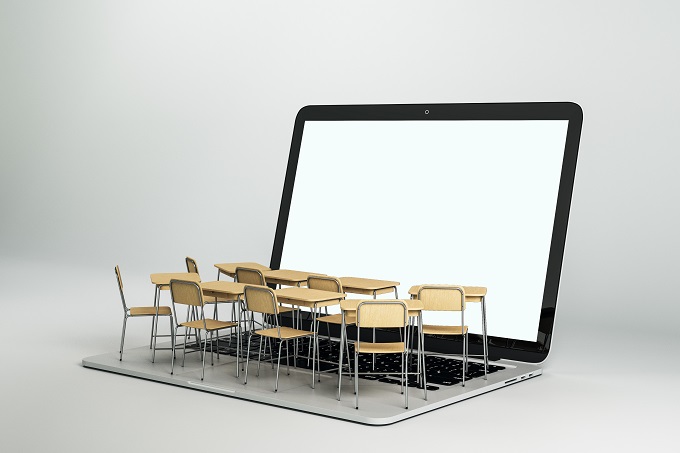
© peshkov - stock.adobe.com
The University of Queensland’s Institute for Teaching and Learning Innovation lists the following pedagogical benefits to video-assisted learning: facilitating thinking and problem solving, assisting with mastery learning, inspiring and engaging students, and producing authentic learning opportunities.
According to research company Forrester, one minute of video learning is worth 1.8 million words. Video platform Kaltura’s State of Video in Education 2018 survey noted that 92 percent of educators see video as improving student satisfaction with their learning experience.
Video-assisted learning is gaining momentum as the latest education technology (EdTech) trend and there is a huge variety of user-friendly video-assisted learning platforms already out there, with a multitude of educational videos for educators to choose content from. They support all learning areas from mathematics to medieval history. YouTube is an obvious place to start but there are other dedicated educational video platforms like eTV, TEDEd and more.
Far from a lazy way to present new content, the video-assisted learning trend is certainly not about flicking on a movie to fill a last-minute lesson plan (although, there’s no shame in that!). Video-assisted learning is about enriching your teaching skills with a medium that can quickly engage students from the outset, particularly with complex or divisive topics. Students can playback video in their own time, returning later to flesh out their understanding.
Projecting video during class-time can prompt group discussions, allowing teachers to facilitate questions, launch debates, or play devil’s advocate to spark deeper understanding of the topic. Used properly, video in the classroom is a tool to encourage active learning among your students.
If you intend to present video content to a group of students, technology is important. Projectors and display systems have pros and cons depending on your school’s needs. Projectors are more versatile than ever before and work well in flexible spaces. Picture quality may still be higher in a top-range display; however, projectors tend to be the preferred mode for schools. Newer projector/screen technology is interactive and wireless, easier for staff and students to operate and can be automated with motorised screens.
Your students have likely held personal accounts on video platforms since they were toddlers. If that sounds like an exaggeration, YouTube launched 15 years ago! Video is second nature to our learners, who are used to high-impact, short form content. Teenagers are more likely to get their news updates from satirical 45-second TikToks than a newspaper.
So, take advantage of this capacity for ‘osmosis by video’. Allow them to find and share relevant videos with their peers. Challenge them to make their own videos parodying and explaining complex real-world issues. They are probably doing this on TikTok or Twitter for fun already!
Remember, videos in the EdTech world emphasise crowdsourced learning, which means global educators often make their content freely available online. While teachers will always be central to teaching, harnessing the power of educational videos may just assist learning (and even free you up along the way).
Educators and politicians are trying to address the current teaching shortage through different policy settings.…
Melanie Webber was the president of the secondary school union PPTA Te Wehengarua from 2021…
Wait times for paediatric care is having an impact on young people’s education and the…
Home of the brave, land of the free… except when it comes to books for…
Could a gender achievement gap in maths be due to confidence? Sarah Buckley from the…
The much-delayed English draft curriculum is now out for consultation, generating discussion from teachers.
This website uses cookies.